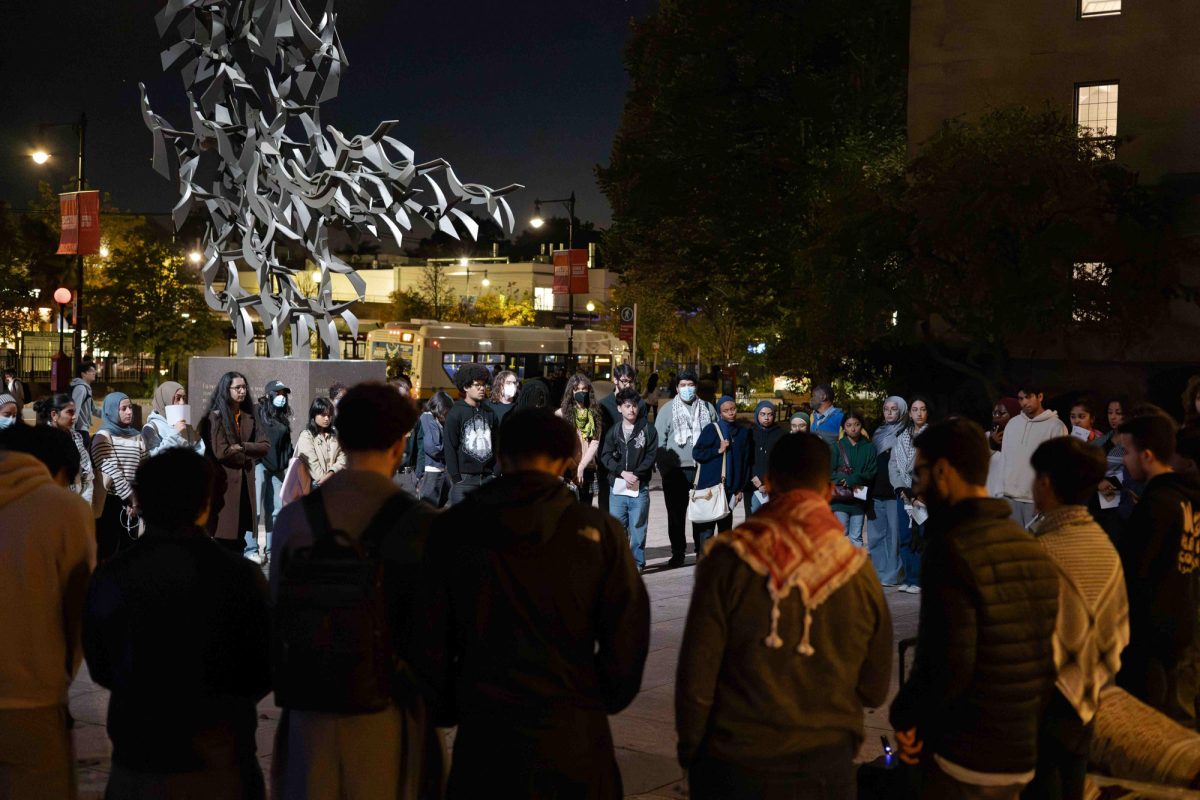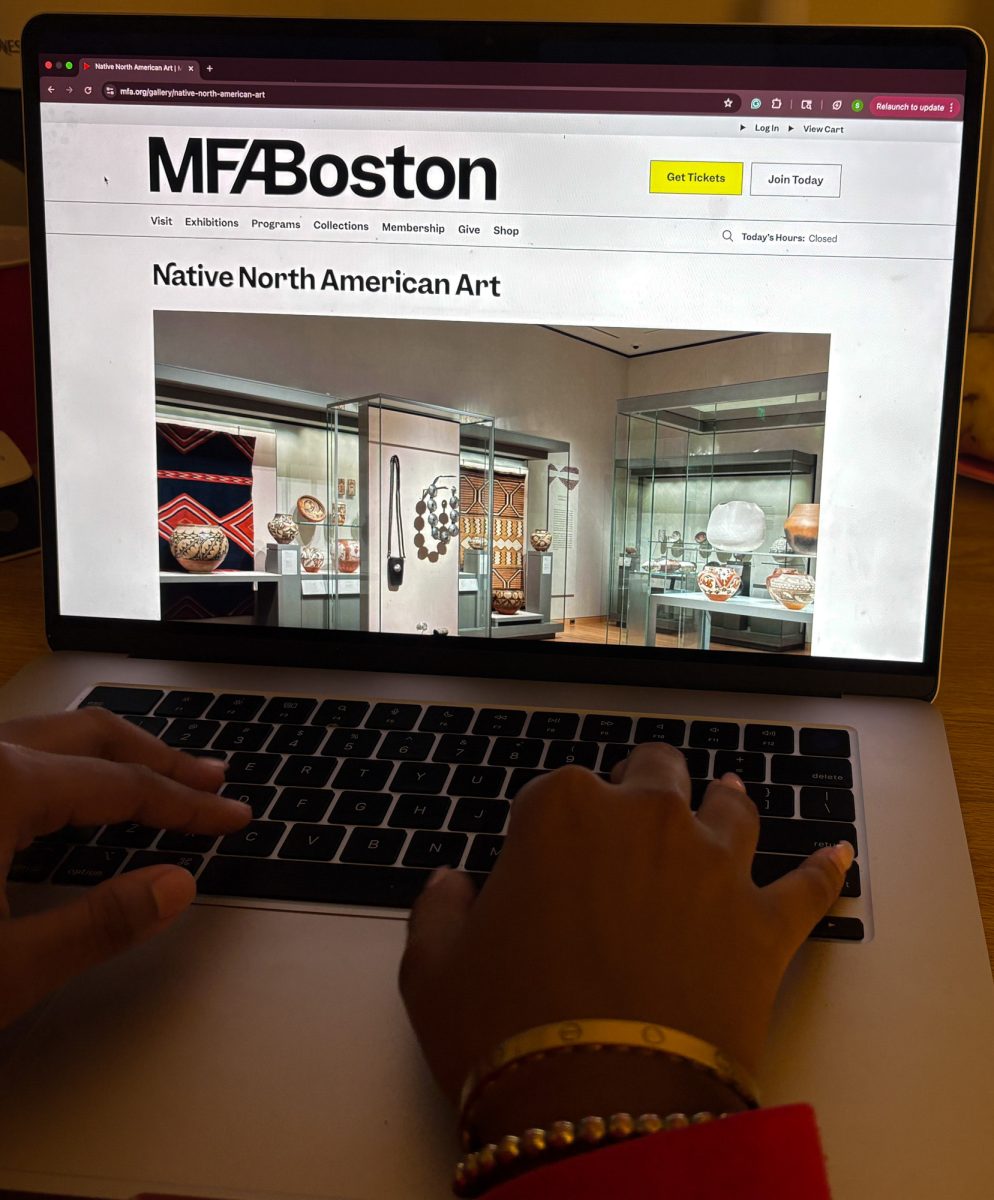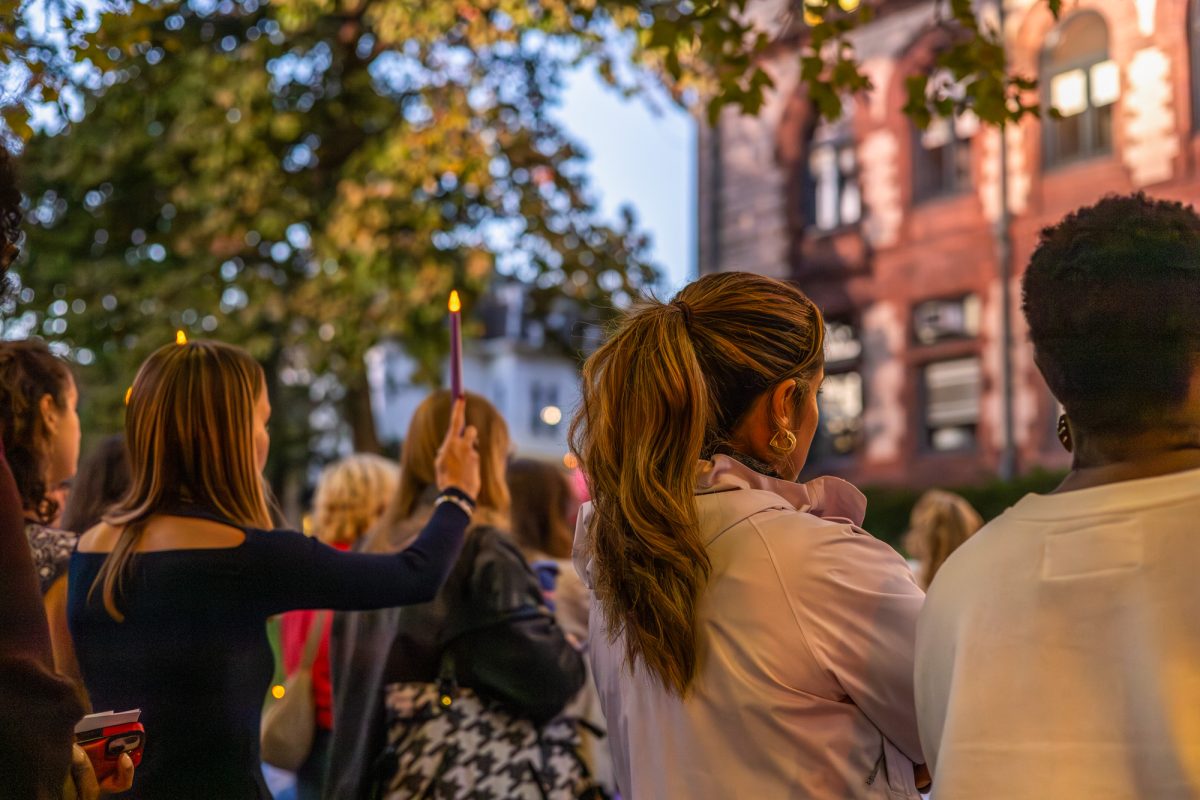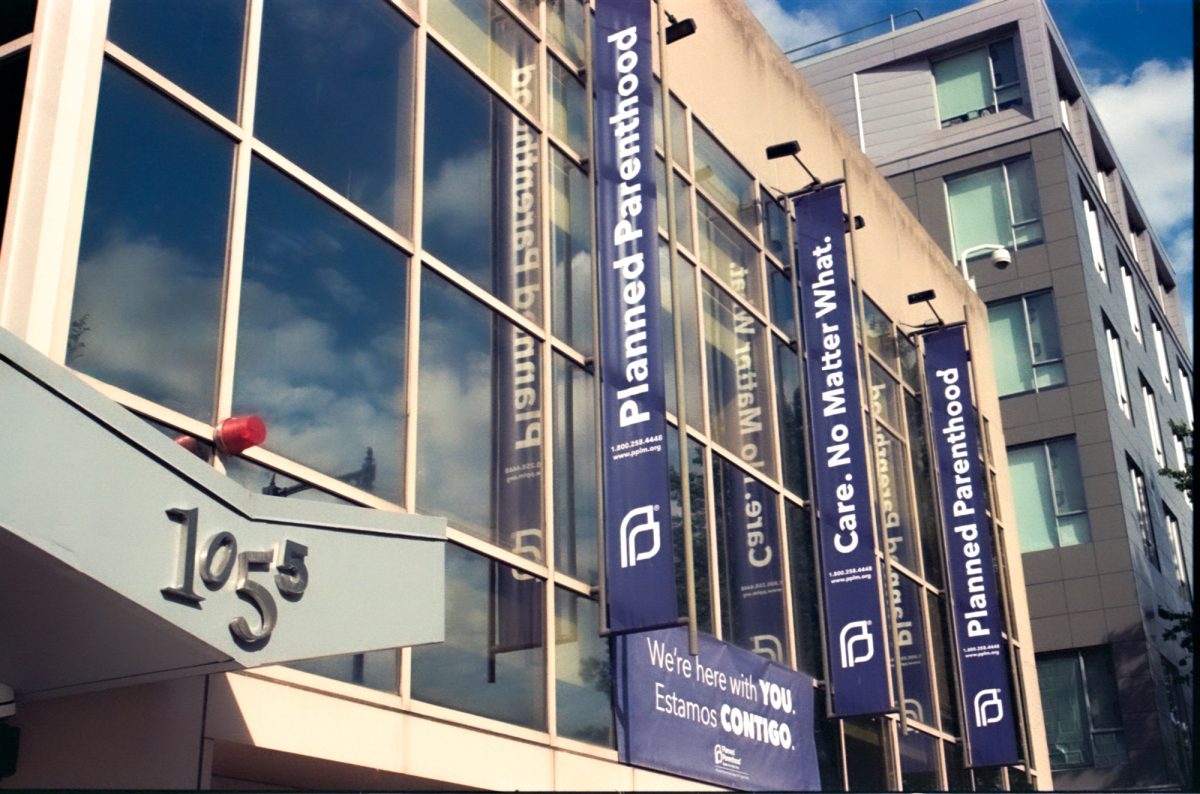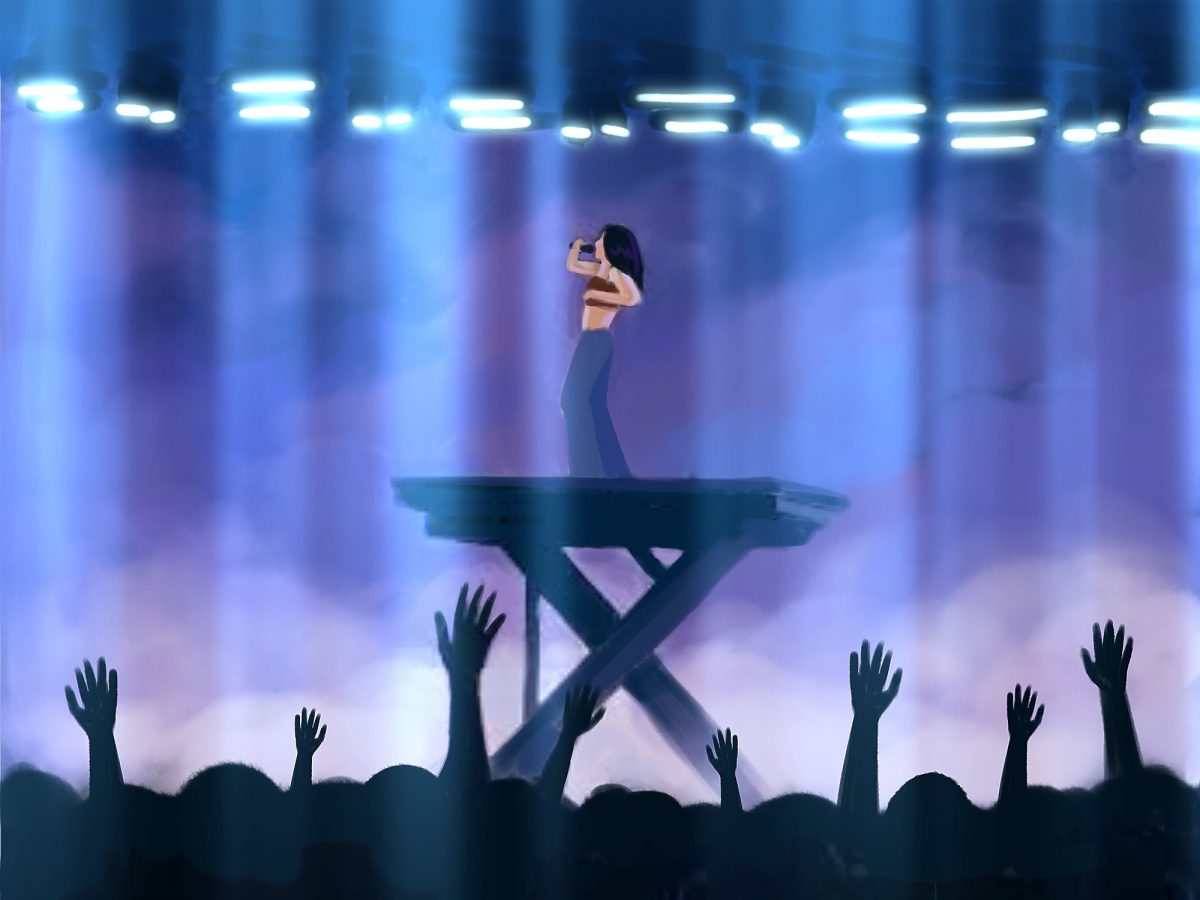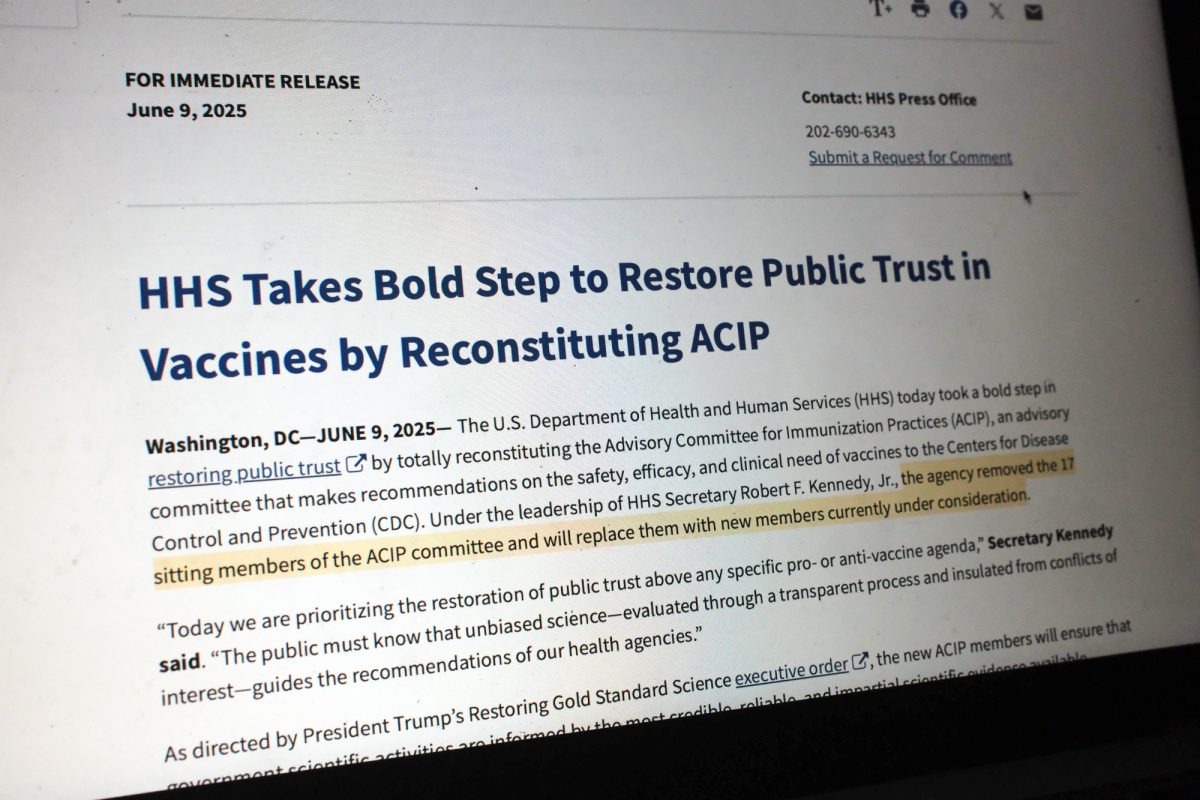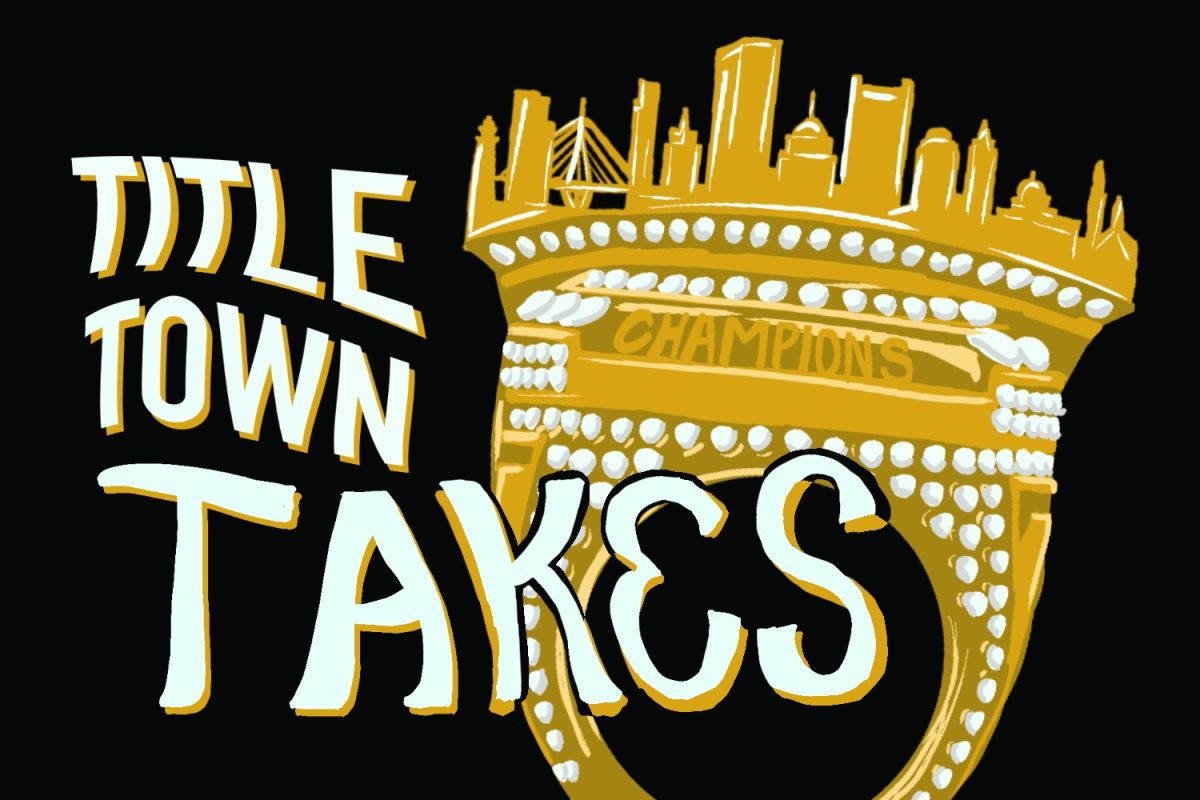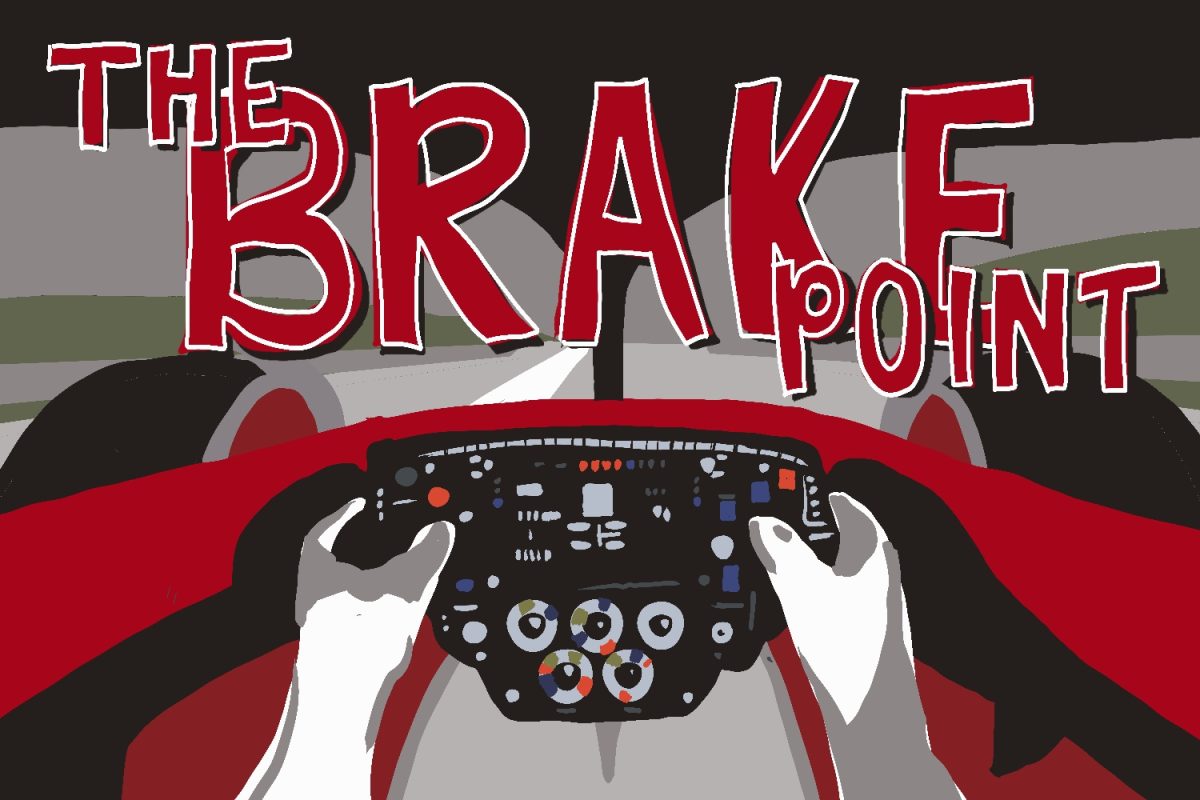Boston may be known as America’s “Walking City,” but experts are advising pedestrians to look both ways before crossing the street.
An article printed in Sunday’s Boston Herald featured the 12 areas most dangerous to pedestrians — two of which are on the Boston University campus.
The area of Commonwealth Avenue near the BU Bridge was near the top of the list, with 23 accidents requiring an ambulance since 1996.
Kenmore Square was also listed as a hazard, with numerous accidents requiring an ambulance since 1996.
The statistics came as no surprise to BU spokesman Colin Riley, who said the University keeps tabs on the issue through a pedestrian safety committee headed by Vice President and Dean of Students Wendell Johnson. Riley said a study commissioned by the group showed the most dangerous time for pedestrians was “the mid-afternoon, heading west, between 2 and 4 p.m.”
Laura McFarlane, a sophomore in the College of Arts and Sciences, said she finds Kenmore Square to be a pedestrian’s nightmare.
“It is the most annoying area,” she said. “You can be crossing the street and there are five different directions coming together.”
CAS junior Natalie Hill said the area near the BU Bridge deserves mention.
“The lights don’t even change at the same time,” she said, “so you can walk without realizing there is still a green light.”
The source of the problem, according to School of Public Health professor Ralph Hingsen, is “a combination of driver and pedestrian behavior.”
Hingsen, a national expert on pedestrian safety, said SPH conducted a study on the behavior of drivers and pedestrians that included a focus on the BU campus. The results, he said, found “7 percent of vehicles were exceeding the speed limit by at least five miles per hour. Two-thirds of the people we observed crossed against the [traffic] light. If the light says walk, 95 percent of vehicles stop.”
Both pedestrians and drivers can take steps to ensure safety, Hingsen said.
“A lot of the problem is that people jaywalk,” he said. “So cross at an intersection when they have a light.”
Pedestrians are not deterred from jaywalking, Hingsen said, because “there’s no strong penalty for pedestrians [who jaywalk]. They rarely enforce it.”
According to Jim Mansfield, the director of community affairs for the Boston Transportation Department, city officials are taking steps to educate both pedestrians and drivers about safety.
“There’s a program called ‘Walk This Way’ that has sent out community kits,” he said.
Mansfield said the Transportation Department has also “adjusted signal timing” for the traffic and walk lights, allowing pedestrians more time to cross. The city is also investigating adopting a system similar to the one in Cambridge, a “concurrent walk” system changing signal times to allow pedestrians to walk with traffic.
Riley said BU has attempted to improve traffic conditions around the campus, including purchasing two speed indicator signs.
The signs are somewhat successful, Hingsen said.
“We’ve looked at what happened when the speed boards [are being used],” he said. “Fewer drivers failed to yield when the boards were up.”
“Safety is not something kids are dying to read about, but it’s always a good reminder,” Riley said. “One accident is too many.”







